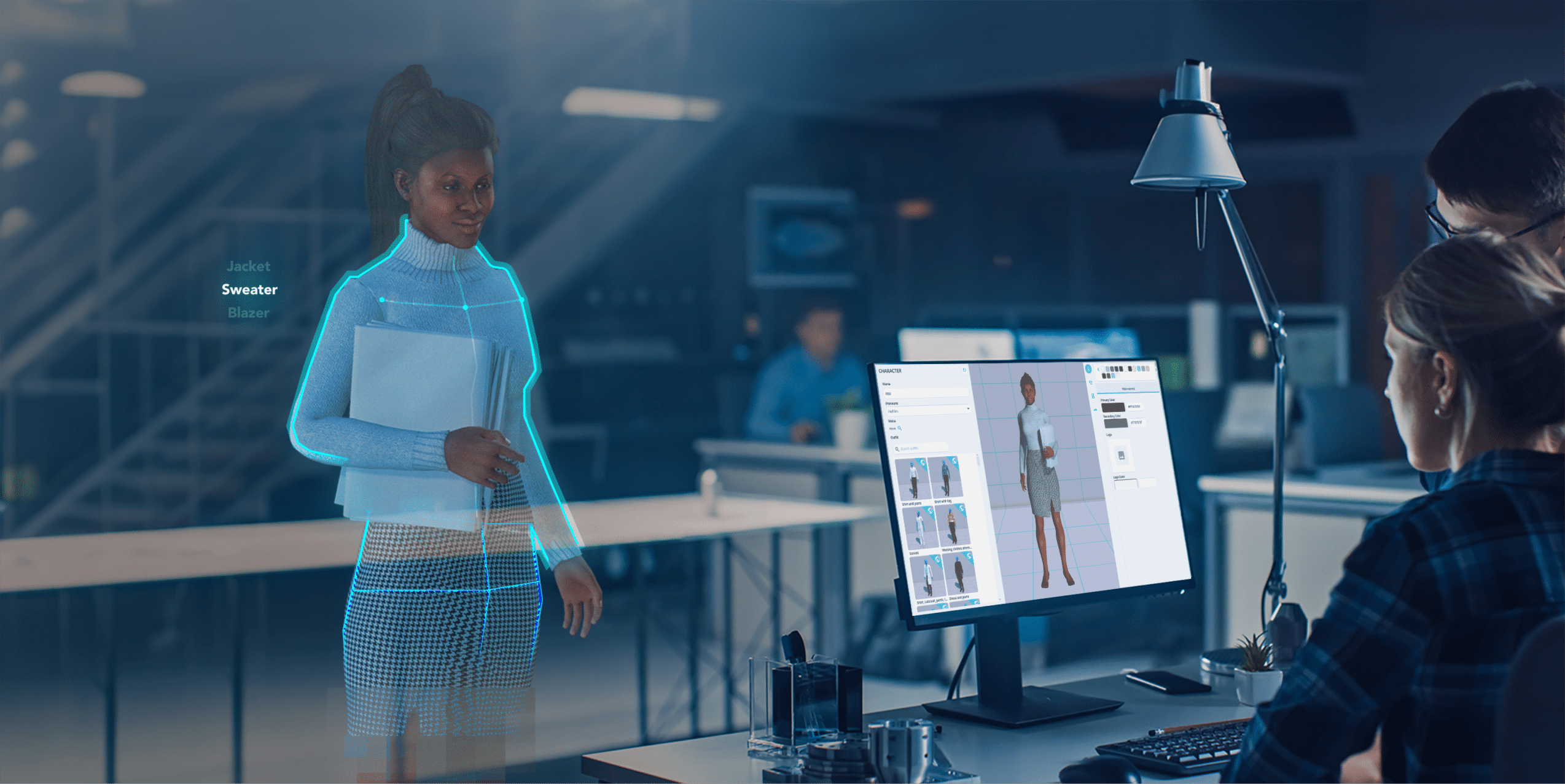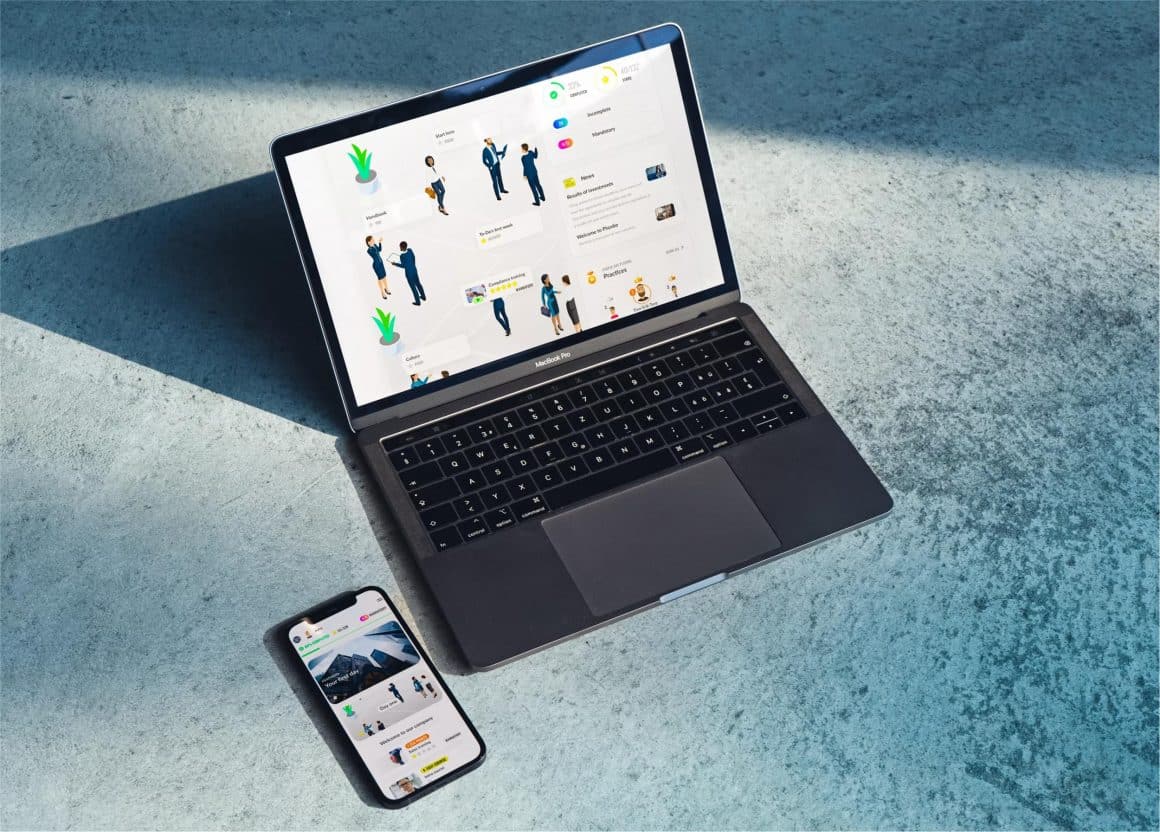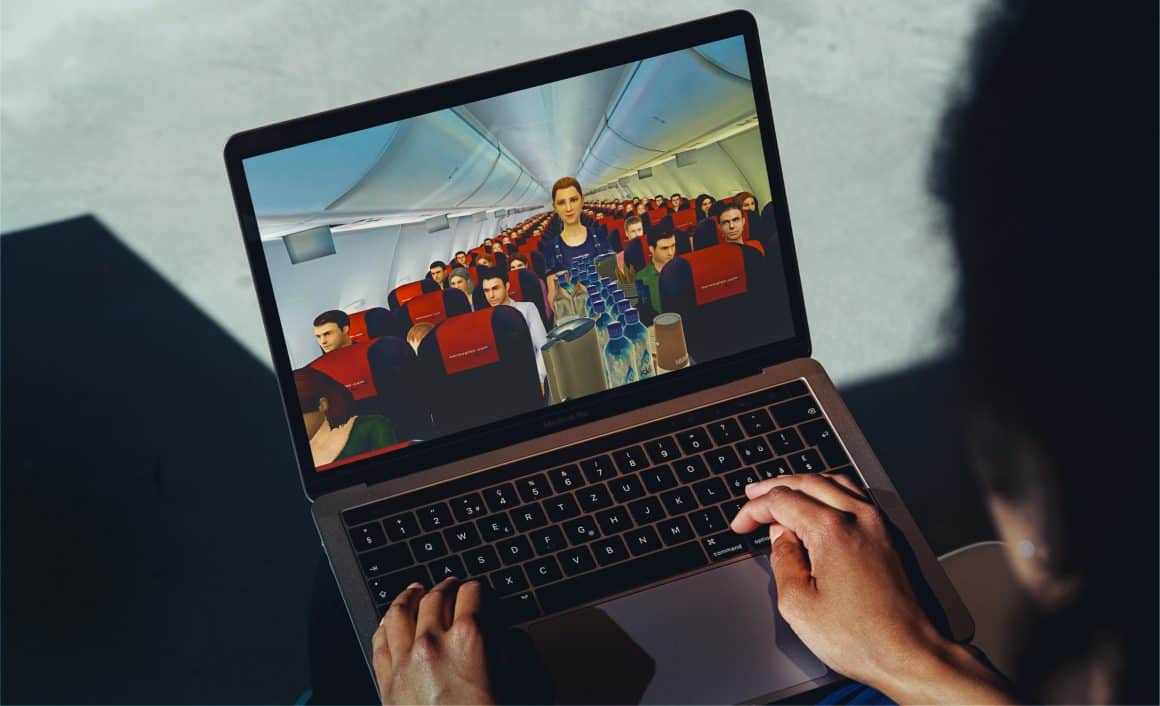Well, we couldn’t have put it better.
Let’s look into today’s L&D challenges in more detail.
Shift in skill needs
In 2020, Gartner predicted that over 30%2 of skills employees needed three years prior would soon become obsolete. As we’ve now entered 2024, it’s safe to say this prediction has come true — the latest LinkedIn Workplace Learning Report uncovers that skill sets for jobs have already changed by around 25% and will transform even more in the next few years.
Unfortunately, traditional training methods fail to align with the rapidly changing skill landscape and equip workers for new tasks.
Low employee engagement
Employee turnover isn’t showing signs of slowing down. Ninety-three percent3 of organizations have concerns about employee retention. What makes people quit amidst the surge in mass layoffs?
We don’t say it’s the only factor, but one in two4 employees says there are not enough growth opportunities in their organization and the best way for them to develop their skills is to change companies. Apparently, low employee engagement is directly connected to the lack of adequate training at work.
Outdated learning methods
As we’ve almost reached the point where webinars, knowledge bases, and eLearning fully replace classroom training, the need for more modern training methods arises again. Traditional approaches often fall short in creating memorable learning experiences that stick with employees over time.
The rigid structures of many L&D programs, with fixed schedules and limited accessibility, don’t allow for the flexibility required in today’s dynamic work environments. We need learning methods that empower employees to revisit training when needed, enabling continuous reinforcement and application of knowledge.
Remote work and peer learning
The rise of remote and hybrid work has created the need for learning to become flexible, too. When working from the office, we could learn by observing our colleagues complete day-to-day tasks — but a hybrid model doesn’t seem to encourage peer-to-peer learning.
Forty-seven percent5 of employees are worried they’re missing out on informal learning opportunities when they work from home. Crafting L&D programs today requires taking hybrid work into account — and it’s not enough to switch from in-person training to video tutorials; we need to embrace AI capabilities to create augmented learning experiences.
AI and personalized learning
The solution lies in using AI to elevate learning journeys. AI has the potential to revolutionize corporate learning by providing adaptive, personalized experiences.
Unlike traditional methods, AI focuses on individual needs, helping to address the evolving demands of the modern workplace. Finally, we can make learning become learner-centric.
By implementing AI in employee training, you can:
- Equip employees in the shifting skills landscape
- Build personalized learning paths and support continuous learning
- Embrace new training methods and combat employee disengagement
- Create augmented learning experiences
… and this is just the beginning. Let’s talk about AI capabilities already accessible to the industry that enable personalized learning journeys and help address corporate L&D challenges.
AI-powered analytics
AI can analyze large datasets (something humans can’t do manually), like individual employee performance, training content engagement, learner feedback, etc., and tailor learning experiences to each learner’s needs and capabilities.
Most importantly, AI-powered analytics can finally tie training outcomes and business performance, resolving the challenge L&D pros have been facing for years. It establishes a direct link between the skills acquired through learning initiatives and the tangible contributions they make to the organization’s success.
Learning in the flow of work
Instead of offering one-size-fits-all training programs, AI allows you to enable employee training in the flow of work, without the risks of making costly mistakes in front of your customers. Through microlearning and immersive experiences, AI-powered systems empower L&D experts to offer training that fully replicates the daily tasks and workflow of employees.
Attensi’s AI tools make on-the-job training more accessible in the workplace (even if you’re fully remote). You can build bite-sized learning modules or populate mini-games and 3D immersive scenarios to deliver training employees remember.
AI-driven personalities
Since we’ve already touched upon simulations and immersive experiences — meet Makayla, one of Attensi’s AI-powered characters. Users can interact with Makayla to get answers to their questions and access guidance in gamified simulations.
You can build your own high-end 3D characters with Attensi.
One-click translation
Personalization doesn’t always require complex solutions. Simply making your training content more accessible to multilingual employees can become your first big step toward more personalized learning.
With AI, you don’t have to spend time and money translating your training programs manually. You can order translations for your content in one click, and let AI do the hard work (yes, it’s also accessible in Attensi).
Tip: Have your translations reviewed by native speakers to fine-tune texts and ensure content credibility.
The future of AI in learning and development
Undoubtedly, AI will help us build a more skilled, adaptive workforce in the coming years. Its use cases will expand, and accuracy will develop. But if we speak of the nearest future, there are two major projections for AI in L&D.
Training, training, and a bit more training
In 2024, our focus will be on educating employees on the effective implementation of AI into their daily workflows. While AI tools are becoming smarter and more conversational, there’s a crucial aspect that demands attention: understanding how to prompt these systems.
L&D professionals will continue to explore the applications of AI and its capabilities to deliver personalized learning paths. As AI quickly evolves from raw, experimental tools into more refined and integrated solutions, we’ll be moving away from simply using AI to automate basic tasks to adopting AI-driven augmented experiences. But for this, we need to train ourselves to use AI ethically and compliantly.
Privacy considerations
Speaking of compliance…
As AI becomes increasingly integrated into all aspects of business, including L&D, we need to take into account data privacy, ethical use of data, and the risks of data bias.
Despite all the benefits of Generative AI, there’s still a risk it may produce biased or inappropriate content. To prevent content that may appear to be discriminatory or offensive from being distributed across training materials and avoid bias, human oversight is critical. We must find a way to strike a balance between AI implementation and human touch to maintain ethical standards.
Furthermore, when entrusting AI with large volumes of employee data (which is essential to enable personalization in training), organizations must establish robust data privacy and security measures.
The EU government has already taken the first step to regulate the use of AI and minimize associated data security risks and bias — the EU AI Act6 will require that “AI systems should be overseen by people, rather than by automation, to prevent harmful outcomes.”
While it started in the EU, every country is looking to establish its own policies for the use of AI. We may see more AI laws appear around the world in the next few years and should already get ready to harness AI’s full potential safely.
Make AI an ally
AI brings a significant shift from traditional L&D methods to more dynamic and personalized approaches. But as we move toward adopting AI-driven learning, we need a balanced approach between technology and human elements.
With the right human scrutiny, we can set up AI-powered learning experiences that remain ethical and unbiased.





